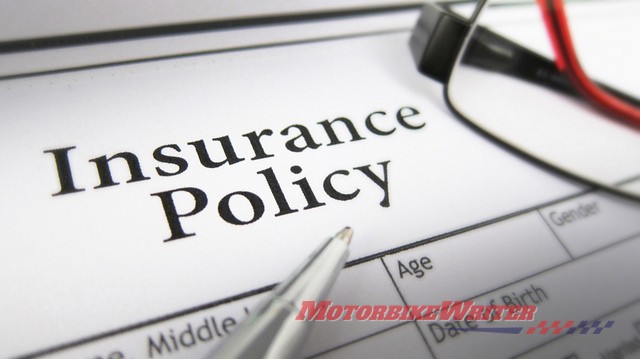Offering demo rides will increase motorcycles by 10%, according to EZ Rider Demo which has invented a system to help dealers offer more test rides.
Unlike car dealerships, motorcycle dealerships are reticent to offer demo rides for several reasons including heightened insurance risks.
EZ Rider Demo has invented a system where potential buyers sign up for a demo ride through the dealer’s website.
They fill out an online form about their riding history and licence, then buy one-day insurance for $US20.
When approved, they get a code that unlocks the key from an electronically secured box at the dealership.
The company will soon begin testing their system in various Californian dealerships.
It’s an innovative, albeit complex, system aimed at addressing the problem of dealerships not offering demo rides.
Demo rides
You wouldn’t buy a car without a test ride, so why should riders be denied the opportunity to test out the bike first?
Some dealers don’t even allow customers to sit on their showroom bikes.
A 2015 US motorcycle industry study found that the availability of demo rides not only improved customer satisfaction of dealerships but also increased motorcycle sales.
The ninth annual Pied Piper Prospect Satisfaction Index (PSI) US Motorcycle Industry Benchmarking Study found that test rides were offered 63% of the time to mystery shoppers compared with 34% five years earlier.
It also found sales staff encouraged customers to sit on a bike 81% of the time, up from 70%.
A good dealer experience also translated to improved sales, with dealerships ranking in the top quarter selling 22% more motorcycles than dealerships in the bottom quarter.
It found Harley-Davidson, BMW and Ducati the most aggressive in offering test rides.
It is no coincidence that every Pied Piper study for the past decade or more has been led by those same three companies.
Aussie test rides
While there is no equivalent study in Australia, the results are perhaps indicative of strict global manufacturer training standards of dealer staff and attitudes to offering demo rides.
The lack of demo rides is one of the biggest complaints about dealerships we receive at MotorBikeWriter.com.
But many of these are for popular new models where demand outstrips supply and every bike that comes into the dealership is already sold.
Perhaps the most aggressive brands offering test rides in Australia are Harley-Davidson, BMW and Indian.
Harley not only offers test rides to licensed riders, but also offers a static ride to unlicensed riders with their Jump Start program.
It’s rare for any dealer to offer test rides of off-road or adventure bikes because of the risk of damage, but BMW even hosts annual GS demo ride days around the country.
And Indian throws in free fuel and accommodation on their weekend demo ride offers!
We only have our own experiences and anecdotes of readers to go on, but it seems Japanese brands are the worst at allowing test rides.
Maybe that has to do with complacency because they are the four biggest sellers.
Sales trends
But with their sales down between 6.8-17.4% in the first quarter, they need to pick up their act.
It may cost more to have demo bikes available, but the results speak for themselves.
The motorcycle industry grapples with this basic sales technique.
Some dealers just see the cost of bike depreciation, fuel and staff time to take riders on escorted demo rides, rather than looking at long-term customer goodwill.
It also requires the manufacturers or importers to back them up with demo bikes and allow them to later sell them at a discount.
Riders see buying a bike as a lottery unless they can actually throw a leg over and feel the bike.
They need to evaluate the ergonomics for their body size, hear the noises, test the power and handling, and even feel the heat from the engine.
-
Have you ever been denied a demo ride? What did you do? Did you go elsewhere and buy the same bike or another brand? Leave your comments below.
Stories You May Also Like
Source: MotorbikeWriter.com





 David White with his 2007 BMW R1200S
David White with his 2007 BMW R1200S

 Mat Hodge of Ural Australia
Mat Hodge of Ural Australia













